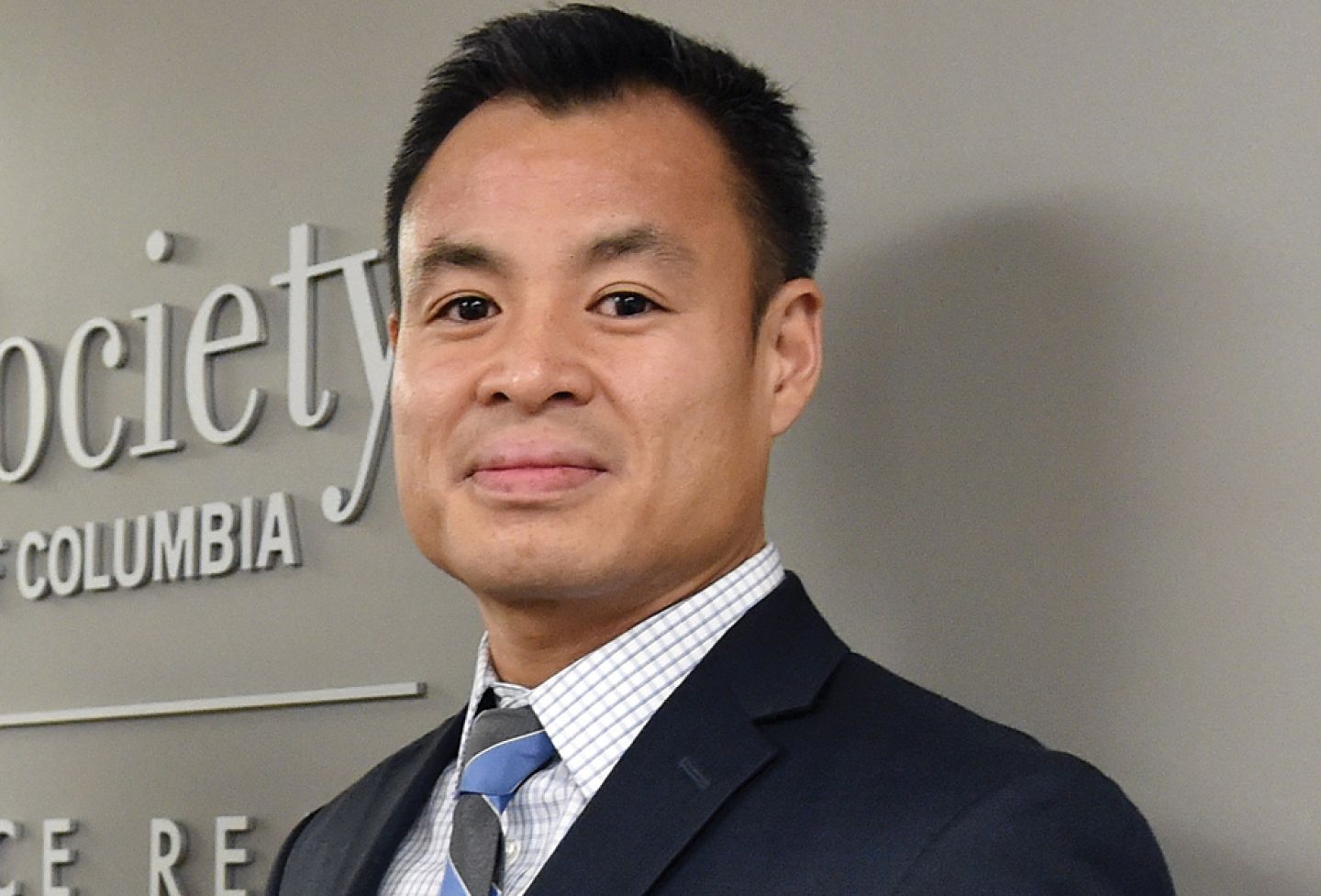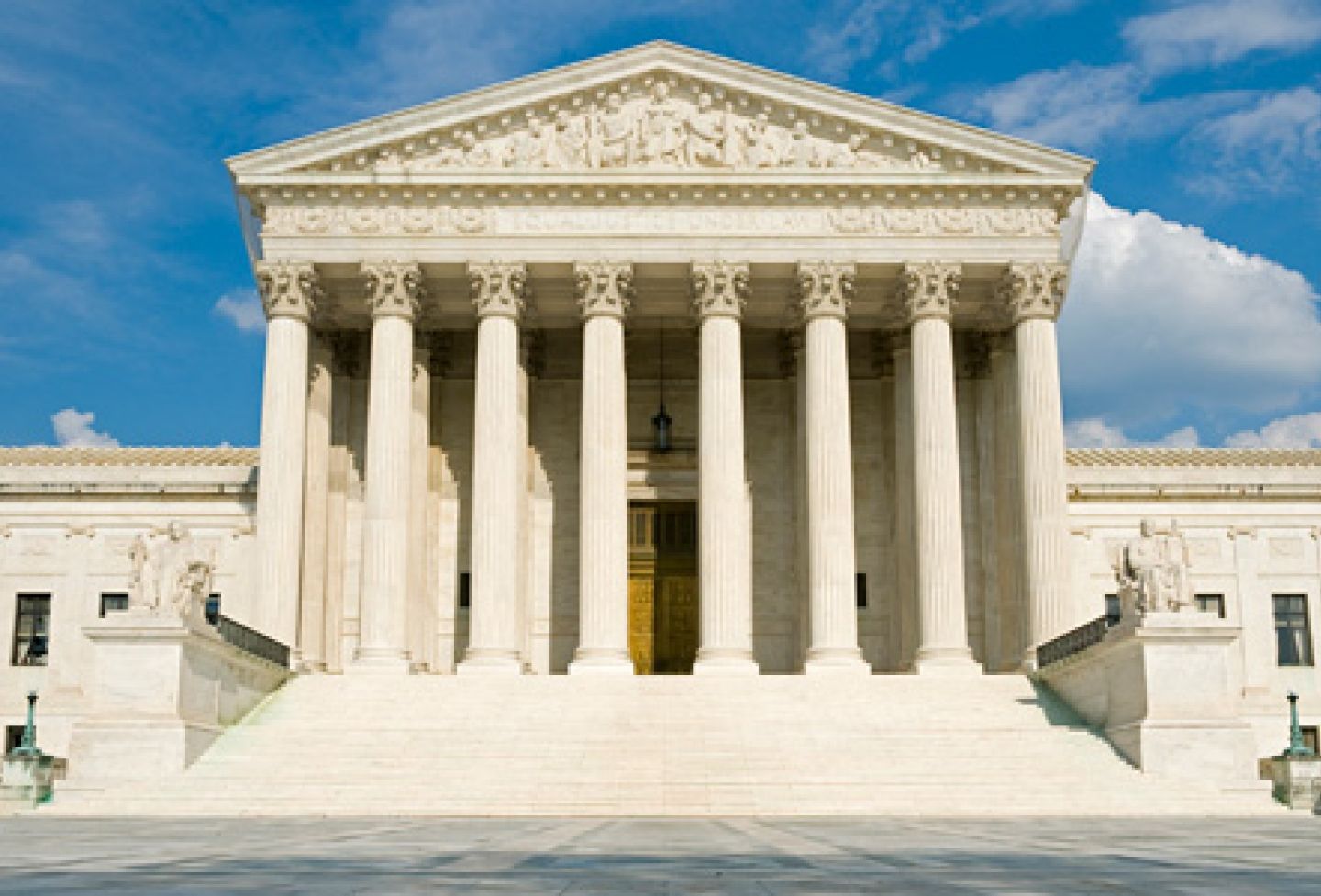Thomas Jefferson considered 12 candidates to teach law at the University of Virginia before hiring John Tayloe Lomax. Why was it so difficult to find the right person for the job?
“Most law professors at that time were also sitting judges, so there was not necessarily a great deal of prestige to holding the professor of law position,” explained Professor Gordon Hylton ’77, who is writing a book on the history of legal education at the Law School. “Law teaching as a career did not really exist in 1824, when Jefferson began his search for the first law professor at UVA.”
Part of the problem was bad luck. The original choice, William Cooper, wasn’t willing to wait around for the University to open (which didn’t happen for six years after its official founding). The next choice, Francis Gilmer, dithered over whether or not to accept the position and then died shortly after he decided to accept it. Most of the others were not interested, although two of Jefferson’s candidates were too young to be acceptable to the other members of the Board of Visitors. In some ways, the problem was also that Jefferson’s vision of an ideal law professor—a relatively young man of broad intellectual interests whose expertise was not limited to a narrow mastery of private law—was not shared by many of the members of the Board of Visitors, most of whom were prominent attorneys. Except for James Madison, many of his colleagues thought the best candidates for the position of law professor were experienced judges or practicing lawyers.
In the end, Lomax got the job.
“Lomax was a respected lawyer and an expert on real property law and chancery practice, but he fell far short of what Jefferson had been looking for,” Hylton said. “He was also apparently not a very good teacher. He attracted very few students, and when he had the chance in 1830 to take a judicial position, he jumped at the chance, even though the judgeship he accepted had already been slated for termination under the new Virginia constitution.”
Jefferson believed that law should be taught as a liberal art with an equal emphasis on public and private law. In his mind, constitutional law, international law, political theory and political economy should constitute at least half of the law course—a curriculum that Lomax ignored, even though he appears to have been chastised by the Board of Visitors for not following Jefferson’s outline. His successor, John A. G. Davis, restored the Jeffersonian curriculum, but in the end, Lomax’s approach won out. By the mid- 1840s, the primary focus of the School of Law was teaching law and legal practice skills to future lawyers.
Hylton drew upon a rich collection of early records at UVA relating to the founding of the University and the Law School for his book, part of a planned three-volume history, which is to include a volume on architecture and one on the history of law student life.
Jefferson may have had bad luck recruiting a law professor, but the process of recruiting other University professors “actually went pretty smoothly,” Hylton said. “The first faculty members as a whole proved to be quite distinguished.”


